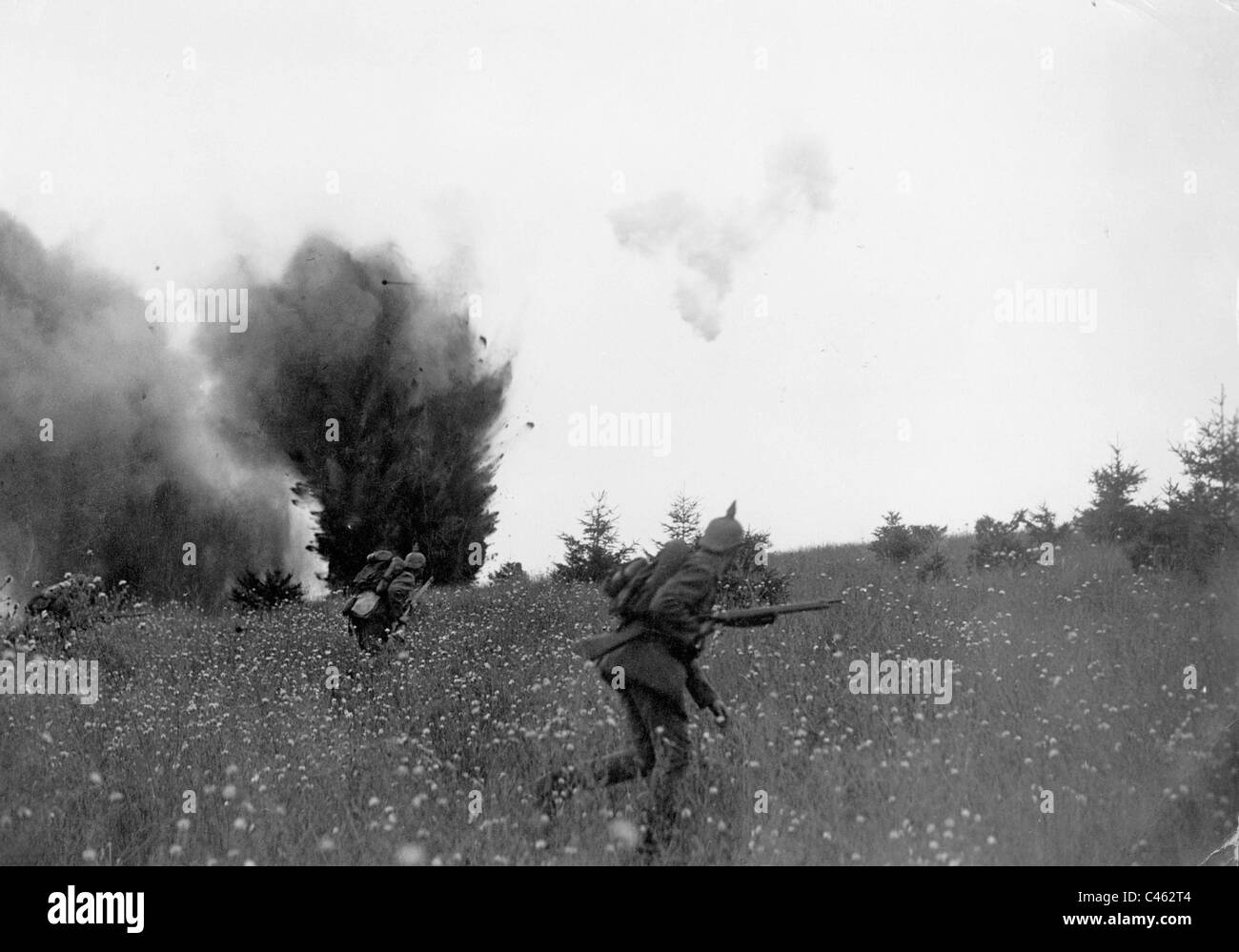

They were replaced by Paul von Hindenburg, who was called out of retirement, and Erich Ludendorff. Upon hearing that news, the Chief of the General Staff, Helmuth von Moltke, recalled Prittwitz and his deputy to Berlin. Prittwitz then ordered Eighth Army to retreat to the Vistula river, which meant effectively abandoning East Prussia and dealing a blow to German morale.
#Battle of tannenberg significance series#
He had begun to panic after the Russians won a series of border skirmishes near the towns of Gumbinnen and Stalluponen. Its commander, Maximilian von Prittwitz und Gaffron, though competent, was not the man for the job. The Prussian Eighth Army was tasked with defending East Prussia against the Russians. The tenacious resistance of the French and British troops in the west, however, upset the German plans and Russia was able to invade East Prussia before the Germans could transfer the bulk of their troops. At that point, the Germans would entrain their troops eastward to defeat the Russians. The Russian objective was to push the Germans backwards and pin them against the city of Konigsberg, or ultimately, force the Germans across the Vistula River.įor their part, the Germans planned on holding the Russians at bay in the east while exercising their main strength to defeat France. The First Army, under General Pavel Rennenkampf, was to strike northern East Prussia while the Second Army, commanded by Aleksandr Samsonov, would march roughly due west in the direction of the heavily forested Masurian Lakes. Once they had deemed their mobilization complete, the Russian High Command organized an invasion of East Prussia in order to ease the pressure the Germans were putting on the French army in the west.

The ability to mobilize and move soldiers and war materiel promptly would prove to be a critically important skill for the Germans at the end of August, 1914. Anticipating a two-front war, the general staff’s railway section had organized train timetables in minute detail to provide for the rapid movement of troops and supplies to any affected area of the western or eastern fronts. The Germans, on the other hand, were mobilized much more quickly and efficiently than the Russians.

In addition, the Russian high command was not fully prepared to arm, equip, clothe, feed and move the huge number of men needed to fill the army’s ranks. The effect was that upon the outbreak of war in 1914 Russia’s army was slow to mobilize due to crippling logistical delays and bottlenecks. Russia lagged behind western Europe, especially Germany, in this regard due to its immense size and sluggish industrial progress. Other nations, Russia included, also began developing mobilization plans which included railway timetables.

The employment of trains to move its army convinced the Germans to expand their rail network and integrate railway timetables into their mobilization plans. In fact, Prussia had made extensive use of the railroad in 18 during the Wars of German Unification. However, railroads had already in military use since the American Civil War and factored into pre-war plans. Thus, armies had much more room to move about on the battlefield.Īrmies still moved on foot in 1914, although the internal combustion engine was being gradually introduced to provide faster and more efficient transportation for infantry. In 1914, it was also sparsely populated and agrarian in nature. Relative to France, western Russia is an area of open plains and gradually undulating hills. On the eastern front, geography also influenced tactics. Soldiers on both sides dug themselves into the earth and relied on the protection of dirt, lumber and concrete to shield them from enemy artillery. The geography of northern France often impeded mobility and led, in part, to the development of trench warfare. In the west, opposing armies, largely French, British and German, maneuvered in areas occupied by towns, cities and forests. Most of the western front fighting took place in France while eastern battles were contested largely on Russian soil. The struggle in Europe occurred on two primary fronts, east and west. It was also a war punctuated by numerous huge battles which proved to be strategically inconclusive. Like all wars, WWI left millions of people dead, maimed, orphaned and homeless. This titanic conflict, which involved over 35 countries and four continents, brought about mayhem and slaughter on a prodigious scale and was the first industrialized war of the twentieth century. World War I, the so-called “war to end all wars,” began one hundred years ago this summer. Image courtesy of University of Virginia The Legacy of Tannenberg


 0 kommentar(er)
0 kommentar(er)
